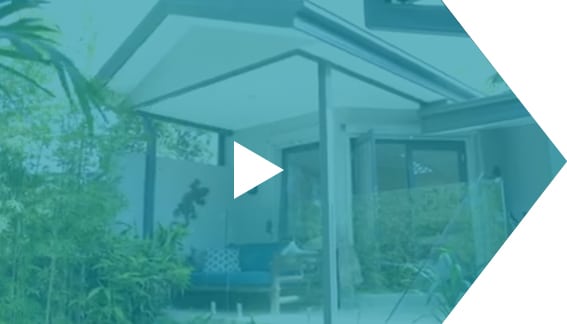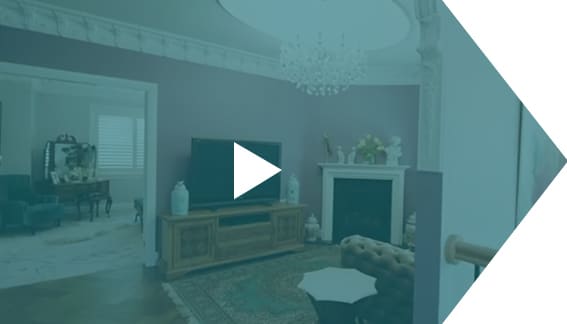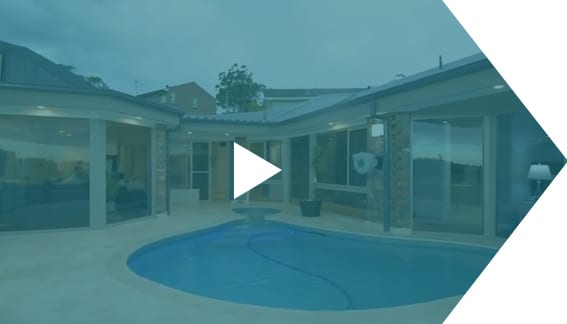Home renovation projects are exciting ventures that allow homeowners to create spaces that reflect their lifestyles and needs. In Australia, where property prices continue to rise, many homeowners choose to renovate rather than relocate. Among the various options available, the terms “home extension” and “home addition” often arise, sparking Confusion about their differences and which route to take. This guide delves into the nuances of home extensions and additions, helping you decide on your next home renovation project.
What is a Home Extension?
A home extension refers to expanding the existing structure of your home horizontally. This might include adding rooms, enlarging existing spaces, or extending the floor plan to create more usable space. Common types of home extensions include:
- Rear Extensions – Ideal for expanding living areas, kitchens, or creating an open-plan layout. Rear extensions are especially popular for creating seamless indoor-outdoor transitions, a feature highly sought after in Australian homes.
- Side Extensions – Often used in homes with unused side spaces to add functional areas like utility rooms, offices, or playrooms. Side extensions are a great way to utilise narrow or underused spaces effectively.
- Wrap-around Extensions – Combines rear and side extensions to maximise space. These are perfect for homeowners looking to redesign their entire ground floor, providing the opportunity to create a cohesive, modern living area.
What is a Home Addition?
A home addition typically involves building upwards or outwards by adding new levels or detached structures. This can include:
- Second-storey additions—Adding an upper level to accommodate more bedrooms, bathrooms, or living areas is a popular option for families who need more space but want to retain their yard or outdoor areas.
- Detached Additions—Constructing standalone structures like granny flats, studios, or guesthouses. These are ideal for accommodating extended family members, creating a home office, or generating rental income.
Home additions are ideal for homeowners who want to preserve yard space while increasing metres. They can also add significant value to your property by increasing its size and functionality.
Comparing Home Extensions and Additions
Space Requirements
- Home Extensions Require ample land around your property. They are ideal for single-storey homes with a sizeable backyard. If your property is located in a suburban area with plenty of space, a home extension can be a straightforward solution.
- Home Additions: Perfect for homes on smaller lots where building upwards is the only viable option. Additions are particularly advantageous in urban areas where land is limited, but zoning laws permit vertical construction.
Cost Implications
- Home Extensions: Generally more cost-effective as they do not require major structural reinforcements. However, landscaping costs and potential alterations to outdoor spaces should be considered.
- Home Additions: Tend to be more expensive due to complexities like reinforcing foundations, installing staircases, and meeting building height regulations. Despite the higher costs, additions can provide a significant return on investment by doubling the living area.
Construction Timeline
- Home Extensions are usually quicker to complete since they involve less structural work. Depending on the project size and scope, the timeline can range from 3 to 6 months.
- Home Additions: These may take longer due to extensive planning, permits, and structural adjustments. Projects often span 6 to 12 months or more, particularly for second-story additions.
Lifestyle Disruption
- Home Extensions are easier to manage as construction often happens outside the main living areas. Depending on the scope, homeowners may not need to vacate the premises during construction.
- Home Additions Can be more disruptive since work affects the entire structure. For second-story additions, temporary relocation may be necessary to ensure safety and convenience.
Factors to Consider When Deciding
1. Budget
Your budget will largely dictate your choice. Extensions typically cost less per metre than additions but may require landscaping adjustments. While more expensive upfront, additions can significantly increase your home’s value. For accurate cost estimation, consult professionals and account for hidden expenses such as permits and utility upgrades.
2. Local Regulations
Council approvals and zoning laws vary across Australia. For instance:
- Height Restrictions: Local councils may limit how high you can build, which could affect second-storey additions.
- Heritage Overlays: Some properties have heritage protections, restricting the type of renovations allowed. Extensions may need to preserve the original facade or architectural style.
- Setback Requirements: Extensions must adhere to specific distance rules from your home’s boundaries, which may impact design options.
Consult your local council or engage a qualified architect to navigate these regulations effectively.
3. Family Needs
Consider your family’s lifestyle and future needs. For example:
- Growing Families: A second storey addition might provide additional bedrooms and bathrooms.
- Empty Nesters: A ground-floor extension could create a luxurious master suite or entertainment area.
- Work-from-Home Professionals: Detached additions, such as a family studio, can serve as a dedicated workspace.
4. Resale Value
Both extensions and additions can increase your property’s market value. However:
- Granny Flats: Detached additions with rental potential can attract investors and generate passive income.
- Open-Plan”Layouts: Extensions that enhance flow and functionality are highly desirable to potential buyers.
5. Environmental Impact
Extensions can increase your home’s footprint, potentially affecting drainage and landscaping. While smaller in footprint, additional components may require more energy for heating and cooling. Opting for sustainable building materials and energy-efficient designs can mitigate these impacts and reduce long-term costs.
Popular Home Renovation Ideas in Australia
- Open-Plan Living Areas: Extend your living room to create a seamless indoor-outdoor flow, perfect for entertaining. Use bi-fold doors or large windows to maximise natural light.
- Second Storey Additions: Add bedrooms and a bathroom to accommodate a growing family. Consider incorporating a balcony to enjoy scenic views.
- Granny Flats: Build a standalone addition for rental income or multigenerational living. For independence, these can be customised with full kitchens, bathrooms, and private entrances.
- Kitchen Extensions: Expand your kitchen to include a butler’s pantry, island bench, or dining area. A larger kitchen project is the heart of your home, ideal for family gatherings.
- Outdoor Spaces: Extend your home’s rear section to create alfresco areas. To enhance usability, include features like pergolas, outdoor kitchens, and fire pits.
FAQs
1. What is the difference between a home extension and a home addition?
A home extension expands the existing footprint of your house horizontally, while a home addition typically involves building upwards or constructing a detached structure. Both options cater to different needs and property types.
2. Which is cheaper: a home extension or a home addition?
Generally, home extensions are cheap”r as they involve less structural complexity. However, costs depend on the size of the home, the scope of the project, and local labour rates.
3. Do I need council approval for a home extension or addition?
Yes, most renovations require council approval to ensure compliance with local regulations. This process can take several weeks to months, so factor it into your project timeline.
4. How long does completing a home extension or addition take?
Extensions typically take 3-6 months, while additions may take 6-12 months, depending on the project’s complexity. Hiring experienced professionals can help streamline the process.
5. Will a home extension or addition increase my property’s value?
Both can increase property value, but the extent depends on the quality of the renovation and market demand in your area. Additions like granny flats often offer higher returns due to their rental potential.
Conclusion
Deciding between a home extension and an addition depends on your unique needs, budget, and property characteristics. Extensions are ideal for those seeking a seamless indoor and outdoor living blend, while additions are perfect for maximising space on smaller plots. Whichever route you choose, investing in a thoughtful and well-planned home renovation can enhance your lifestyle and property value, ensuring your home meets your family’s needs for years to come.
If you’re ready to embark on your home renovation journey, consult local professionals to ensure your project complies with regulations and achieves your vision. Whether you opt for a home extension or addition, the result will be a personalised space that feels like home.
Call us today on 02 97363344 or contact us online for a free consultation.












